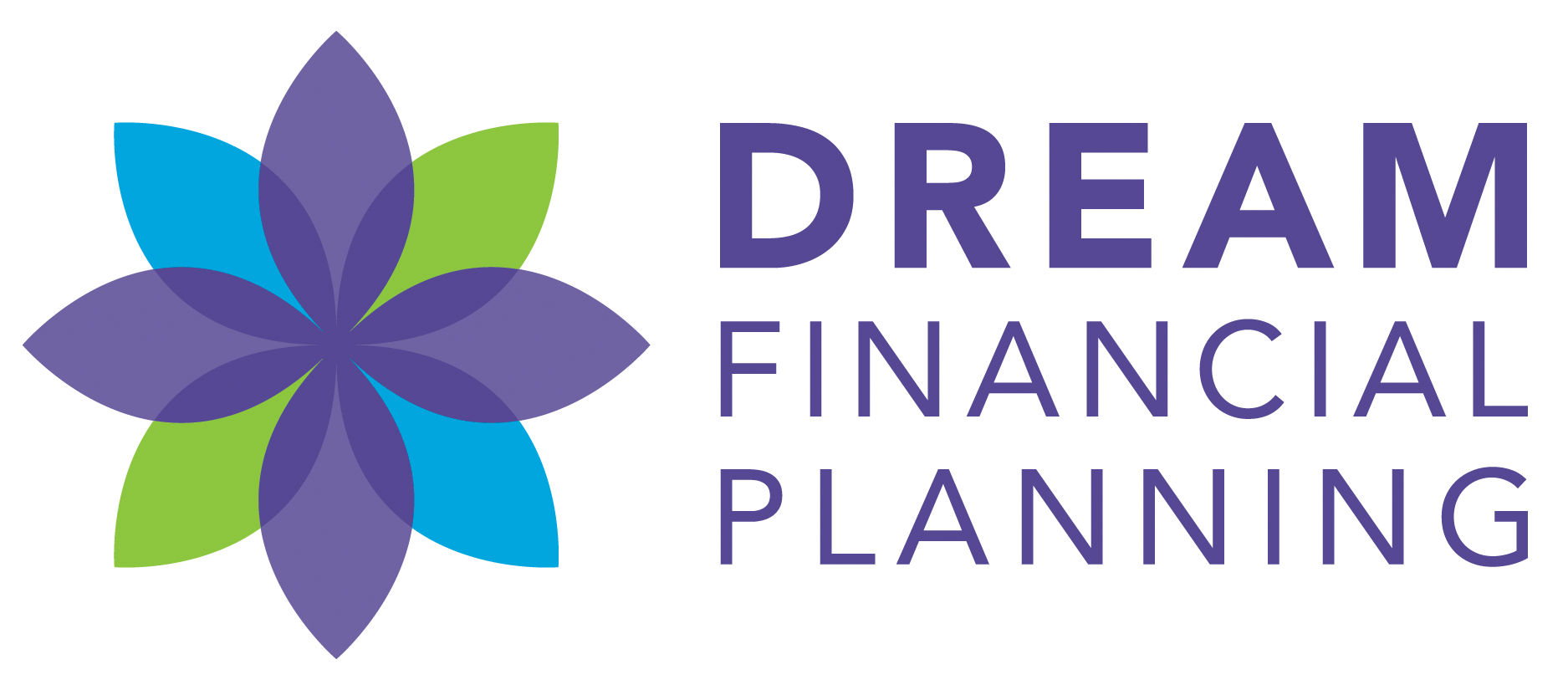Why Young People Should Consider Life Insurance Before 35

Most people in their 20s and early 30s don’t think much about life insurance. At that stage, you are often focused on building your career, paying off student loans, saving for a house, or starting a family. Working with a financial advisor like Dream Financial Planning can help you see how life insurance planning fits into your bigger picture. Let’s find out more..
Lock in lower rates
One of the main advantages of buying term life insurance or permanent life insurance before age 35 is cost savings. Premiums are based on age and health. That means the younger and healthier you are, the less you usually pay.
Waiting until your 40s can mean higher costs or difficulty qualifying due to your health issues. Do it now while it is cheaper
Protect the people who depend on you
Even if you don’t have children yet, you may have people who rely on your income. That could be a partner, parents, or siblings. Life insurance provides coverage that can help with living benefits, debt reduction, or education costs. For young parents, it can also support RESP contributions, childcare, or everyday family financial planning.
Cover debts and major expenses
Many young adults carry student loans, car loans, or credit card balances. These debts don’t always disappear if you pass away. Life insurance means your family isn’t left burdened. It can also protect a mortgage, safeguard your home, and help with estate planning.
Plan for the future
Life insurance is not only about covering the unexpected. It can be part of your long-term financial planning strategy. Permanent life insurance can create tax planning advantages, support succession planning, and form part of small business financial planning or business tax strategy. Starting early gives you a massive advantage.
Peace of mind
Perhaps the most valuable benefit is peace of mind. Knowing that your loved ones are protected allows you to focus on your career and grow your savings.
Ready to explore your options?
Life insurance has to be bespoke to your needs. The right plan depends on your stage of life, your goals, and your budget.
I would be happy to help create a personalized financial and insurance plan



